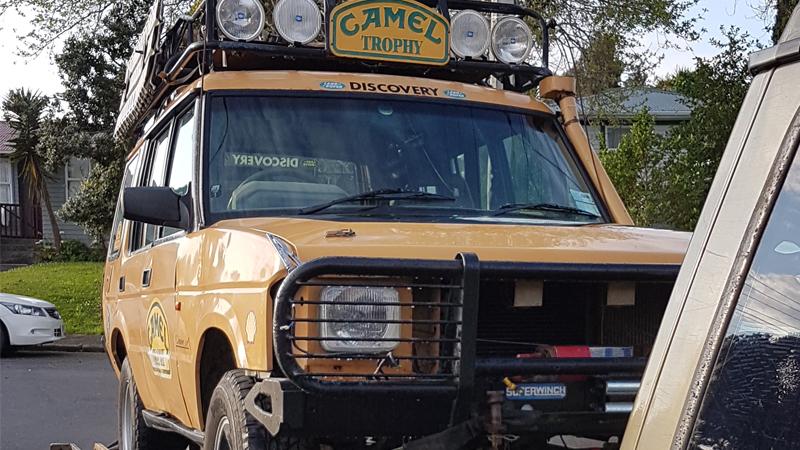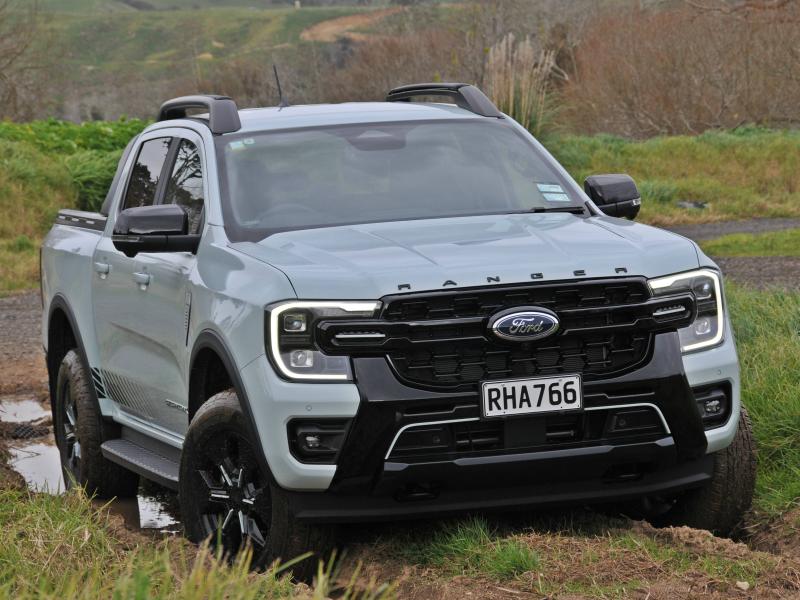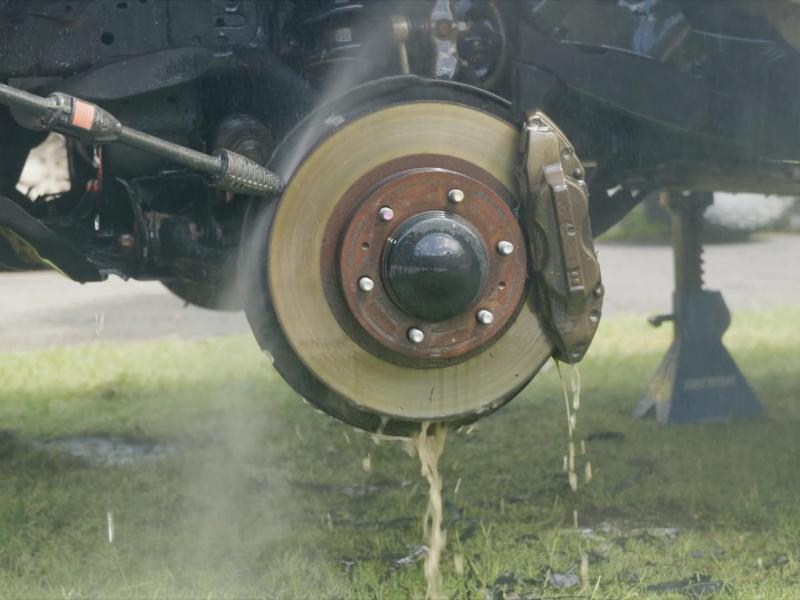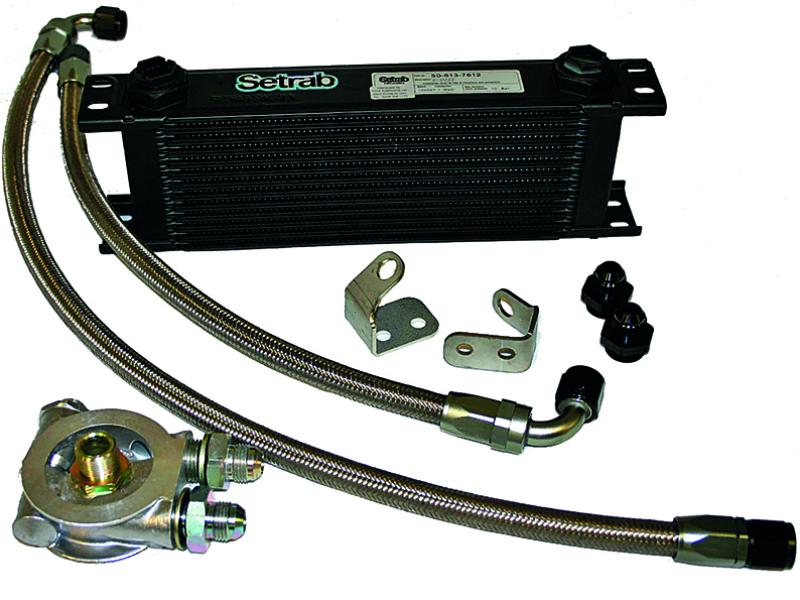With no new towing missions to report on this month, we canvassed specialist Hayman-Reese for some helpful driving hints for when you have a serious load on behind.
1. Identify your towing requirements.
Before starting out, you need to consider if your towing set-up is right for your trip and where you want to go.
Is all of your driving on highways and sealed roads? Or will you be tackling some unmade roads and tracks? Your destination will have a major impact, not only your tow vehicle but also what you choose to tow.
2. Understand the limits of your vehicle.
In most cases, you won’t be looking to change your vehicle before your next trip. This means you are restricted to the maximum tow rating set by the vehicle’s manufacturer.
Do you know what your vehicle’s tow rating is? Before you choose what type of trailer, camper trailer or caravan you are taking on your next getaway, you need to understand the maximum tow rating of your vehicle.
Tow ratings may change with each variant of a vehicle; a diesel - for instance - can have a higher tow rating than a petrol option. These ratings can also change dependant on what weight you are towing.
For example, the 2009 Mitsubishi Pajero has a maximum tow rating of 3,000kg, with a 250kg down ball load. But the down ball load rating decreases, to 180kgs, when towing a trailer over 2,500kg.
Make sure to check your owner’s manual to find out the towing capacity of your vehicle, you will need both the tow rating and down ball load. Now that you have your vehicle sorted, how are you going to connect it with your trailer.
3. Make sure you have the right equipment.
Before hitting the road, ensure you have the right towing set up. Getting it right improves your comfort, keeps you safe and makes sure you remain within the legal towing limits.
Towbar The first item to consider is a towbar. Dependant on the type of vehicle you have, there may be multiple options available, light duty, medium duty, or heavy duty. It is important to check the tow rating of your towbar, as it may differ to the maximum tow rating of your vehicle. The most common style of towbar is the heavy duty 50mm hitch receiver.
Brake Controller In New Zealand, the braking requirements for trailers up to 2000kg load capacity or GVM (Gross Vehicle Mass which is the trailer weight and its load combined) there is no legal requirement for brakes.
However, the law states that the tow vehicle and trailer must be able to stop safely within seven metres from 30km/h. For that reason, it is advisable for any trailer over 750kg to be fitted with brakes. Between 2000-and-2500kg GVM trailers must be braked on at least one axle via either override brakes (hydraulic coupling unit) or with cab-controlled brakes.
Dual crossed safety chains or an electrically operated breakaway system is also required. Both coupling and chains are required to be rated and marked. Trailers with a GVM over 2500kg and up to 3500kg need some serious braking power and must be fitted with cab-controlled brakes (direct braking).
The trailer is also required to be fitted with a breakaway system and a parking brake on at least one axle that can hold the trailer and load in position on a slope of 1-in-5 (approx. 20-degrees). Safety chains are not required but are recommended.
Breakaway Systems. This system is designed to apply the electric trailer brakes for at least 15 minutes, in the event of a disconnection. Breakaway systems come in many shapes and sizes. An easy-to-use system like the Tekonsha Push-To-Test breakaway kit will give you an LED monitoring system, showing when your battery is getting low.
Breakaway System Monitors. A breakaway monitor is also highly recommended. These monitors should be visible whilst you are driving and indicate, both visually and by sound, if your breakaway battery is at low charge or flat. The Hayman Reese SmartCheck system allows you to monitor up to four batteries, without being intrusive in your dash. Plugging directly into your 12V socket, the wireless system is quick and easy to install.
Towing Mirrors. If you are unable to see the rear corners of your trailer, you have a legal requirement to extend or add on additional mirrors so that you have a clear, unobstructed view of the road. It is up to personal choice if you wish to alter the mirrors on your tow vehicle or use door mounted mirrors, like the Hayman Reese Caravan Mirror.
4. Consider a Weight Distribution System.
When adding down ball load (connecting a caravan), additional weight is placed on the rear axles of your vehicle, altering its performance. The increased rear weight changes the way the vehicle is designed to react when braking and driving. This can increase fuel consumption, cause uneven tyre wear, reduce braking responsiveness, and make your headlights shine upwards, instead of on the road.
Properly fitted weight distribution restores the natural balance of your vehicle, improving handling, control, and comfort when towing. Weight Distribution works with the vehicle to redistribute the additional weight through all of the axles on the tow vehicle and caravan.
Choosing the right kit depends on the position of your coupling, height of the A-frame, trailer-down ball load and the height of the towball. Hayman Reese has developed three different styles of weight distribution, with five different weight ranges, covering all towing set-ups. The easiest way to make sure you have the right system is to discuss it with Hayman Reese.
5. Reduce the likelihood of trailer sway.
If you have never towed before, you can’t begin to imagine the terrifying feeling of trailer sway. As a general rule when towing you need to decrease your driving speeds and ensure you apply the accelerator or brakes smoothly when taking off, turning corners, and coming to a stop.
You should also consider the effects of passing traffic, cross winds, and uneven road surfaces. Each circumstance changes the way your tow vehicle and trailer react on the road. There are many systems to reduce the likelihood of trailer sway. These days, for instance, most new camper trailers and caravans are fitted with ESC and DSC to re-correct your trailer once sway has occurred, similar to ESC in your vehicle.
Hayman Reese friction and dual cam sway controllers integrate with weight distribution and work to prevent trailer sway before it occurs.
6. Hitting the road.
Getting ready to hit the road, make note of the way you are packing your camper trailer or caravan. With too much weight in the front of the trailer/caravan you will increase your down-ball load, which will adversely affect towing. Alternatively, if you put too much weight in the back of your trailer you can cause the trailer to have reduced stability, increasing the chances of swaying in normal driving conditions. Where possible, load the trailer as evenly as possible and keep the heavier items in the middle on top of the axles or axles.
Another consideration is the location of water tanks, jerry can holders and gas bottle holders. These all affect the vehicle’s balance. Where possible tow with a full water tank, this will lower the centre of gravity of your trailer and stop the increased sway experienced with half full tanks.
7. Stay Safe.
When driving, keep at least 60 metres between you and the car ahead.
Braking responsiveness is decreased when towing and you will need more time to stop; so, keep this in mind when turning corners. The increased length will not only increase your turning circle but also mean you need more space when changing lanes or overtaking.
Lastly, factor in more breaks along your trip. Drivers commonly experience more fatigue when towing so make sure you add extra rest stops on your way. Towing around New Zealand can be a rewarding experience.
With the right-set up, you can enjoy the journey as well as the destination.






